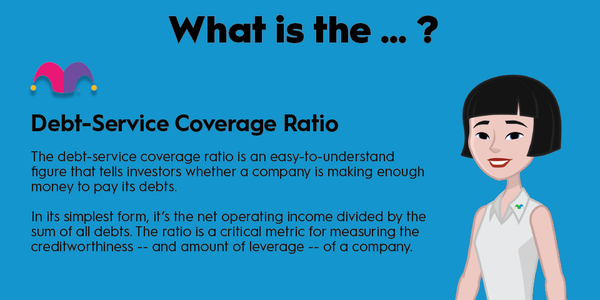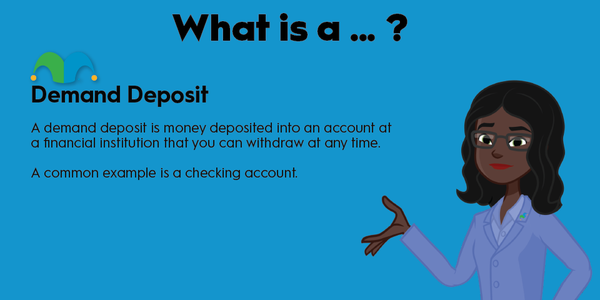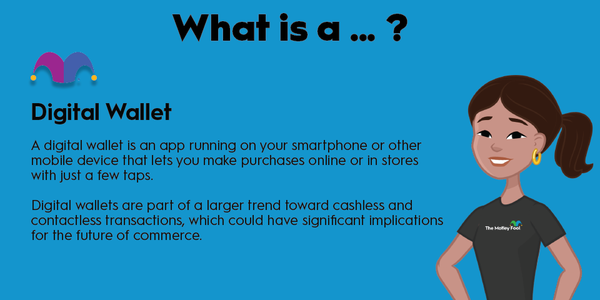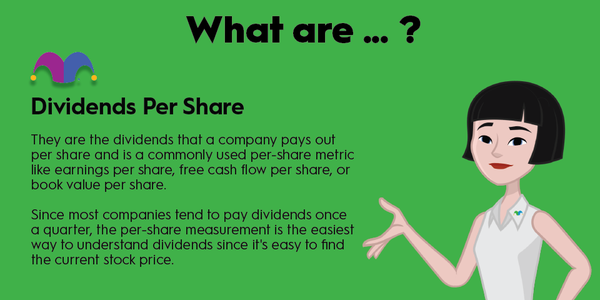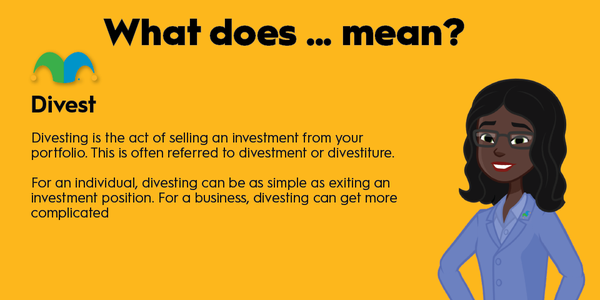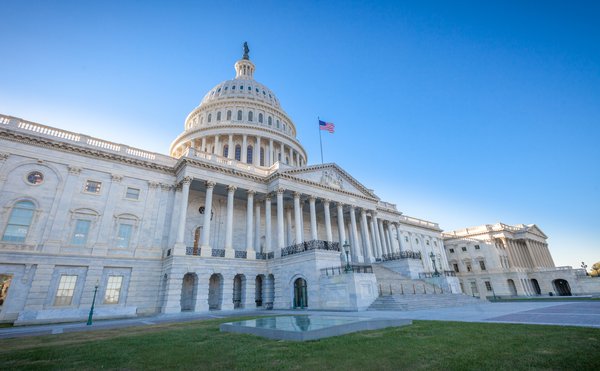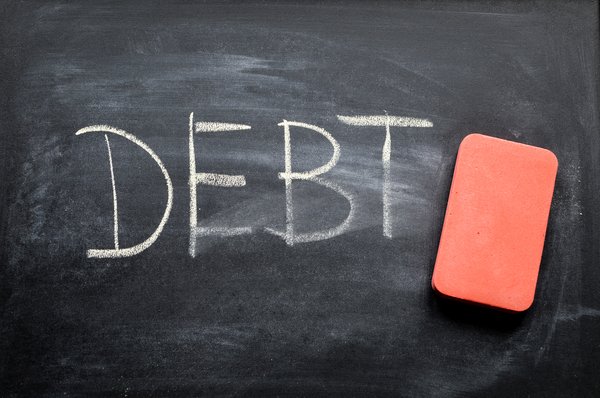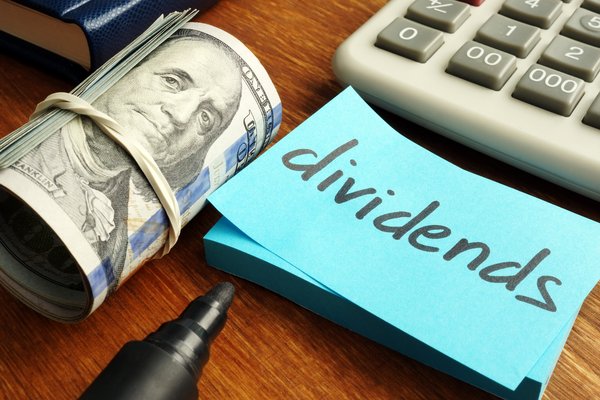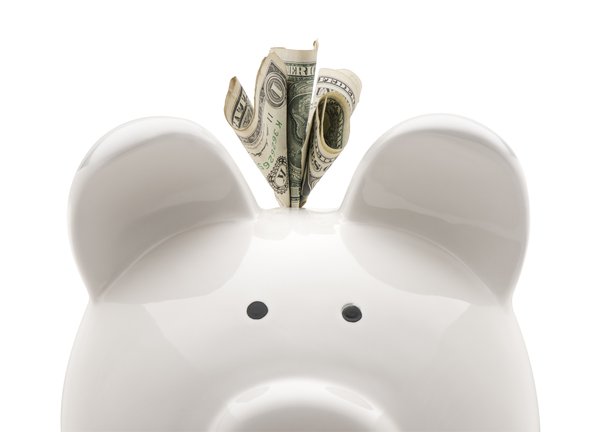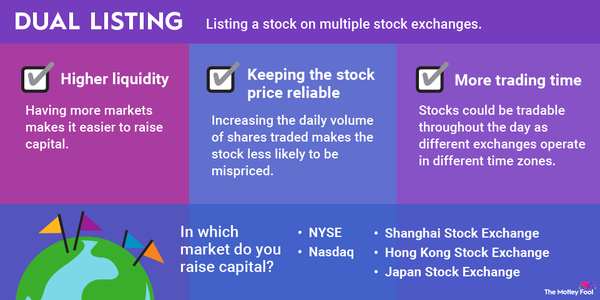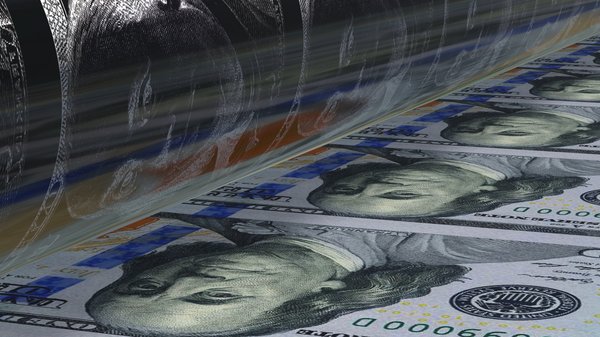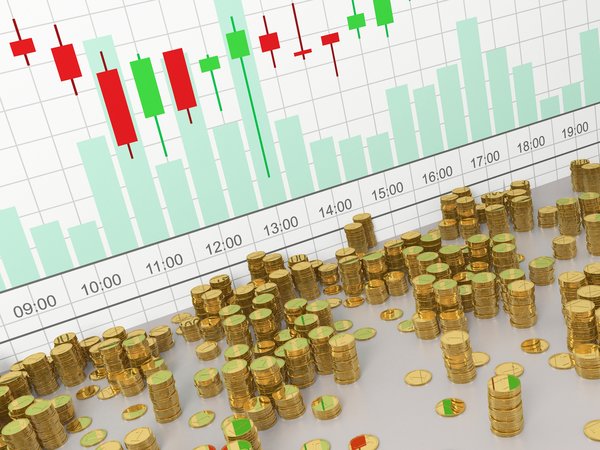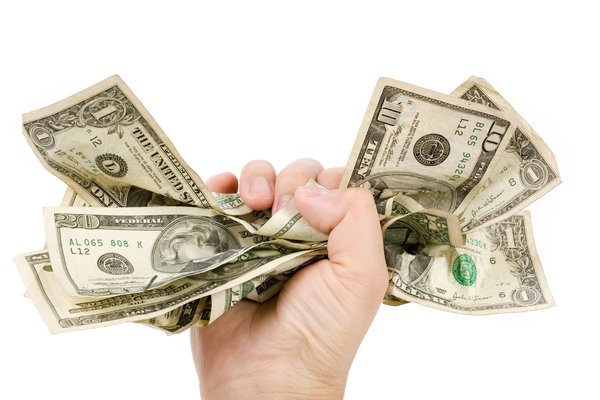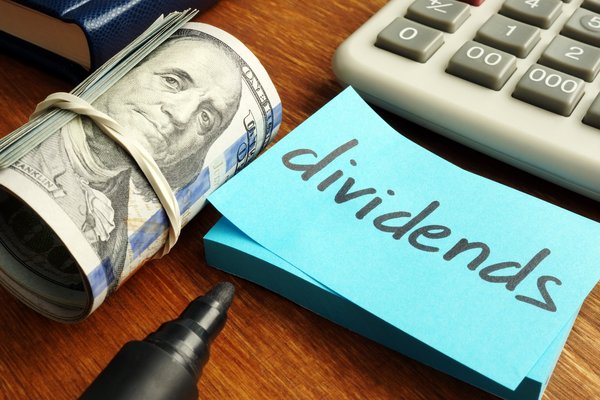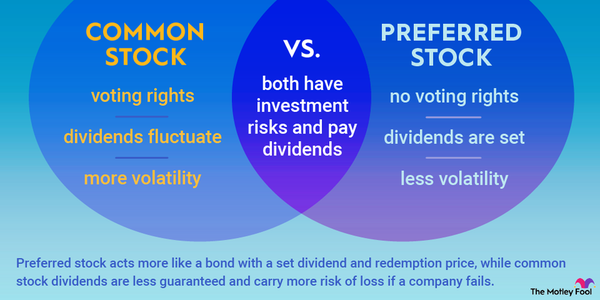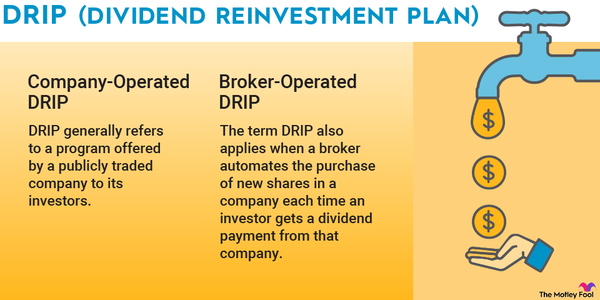The Federal Reserve Board's discount rate is the interest rate charged to commercial banks and other financial institutions when they borrow from the Fed to meet their cash reserve requirements. While banks prefer to borrow from one another with preferred rates, they can always use the Federal Reserve for short-term borrowing to shore up cash reserves. The discount rate affects most other interest rates offered by financial institutions and plays a key role in the Fed's monetary policy.
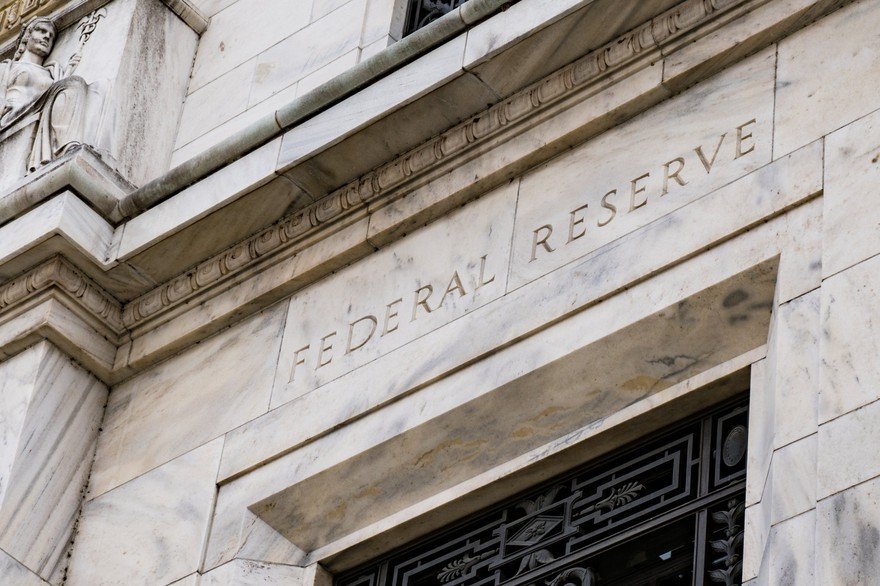
How the discount rate works
How the discount rate works
A core feature of any bank is that you can deposit your money there, know it's safe, and use it whenever you want. Meanwhile, banks make a profit by lending your money out and charging interest. To ensure adequate liquidity of customers' funds, banks are required to keep a reserve.
If a bank ends the day without enough funds to meet its reserve requirements, it needs to borrow some money. The first stop for a bank will be in the open market where banks with excess reserves offer to lend funds to other financial institutions. This is called the overnight lending market. Banks will usually find the best rates from an interbank loan.
However, if a bank can't meet its funding needs from the overnight market, it can obtain funds through the discount window. The discount window refers to the Federal Reserve's facility for banks to take out short-term loans. The interest rate the Fed charges borrowers from the discount window is called the discount rate.
Since banks always have access to funds at the discount rate, it sets an upper limit for what banks can charge in the overnight market. So, when the Fed increases or decreases the discount rate, it has an effect on the loans that banks are willing to make and the interest rates they charge. This can have a substantial impact on the economy, as we'll discuss below.
Why is the discount rate used?
Why is the discount rate used?
The Fed uses the discount rate to make sure banks always have a way to borrow and meet their reserve requirements. Importantly, though, the discount rate is set higher than the federal funds rate, which is the rate the Fed suggests commercial banks use to lend to one another. The federal funds rate is set by the Federal Open Market Committee (FOMC), and there's usually a gap of about 1 percentage point between the federal funds rate and the discount rate. This encourages banks to lend to each other before tapping the Federal Reserve.
By raising or lowering the discount rate, the Fed can influence the money supply, which can fuel economic activity or help control inflationary pressures.
If the Fed lowers the discount rate, it encourages banks to lend more money (since they can increase their reserves at a lower cost). The result is more loans for businesses and consumers, meaning an increase in the money supply, which spurs economic activity but also leads to greater inflation.
If the Fed wants to curb inflation, it can increase the discount rate, which makes it more expensive for banks to lend or for businesses and individuals to borrow. This curbs the money supply and decreases inflation, but it can also slow down economic activity. If people have to spend more money servicing debt, they can't spend as much on other things.
Using the discount rate to reduce the money supply is called contractionary monetary policy. The opposite, lowering the discount rate to increase the money supply, is called expansionary monetary policy. The Fed can also influence money supply and interest rates by increasing or decreasing the reserve requirements for banks and by buying bonds on the open market.
Types of discount rates
Types of discount rates
Although we refer to the discount rate as a singular number, the Fed actually has three rates it uses for the discount window, depending on the bank it's lending to:
- The primary credit rate is the rate offered to most financial institutions. It's usually set about 1 percentage point higher than the federal funds rate, which is the rate at which the Fed suggests commercial banks lend to one another. The primary credit rate is what's referred to when discussing the discount rate in general.
- The secondary credit rate is offered to banks that don't qualify for the primary credit rate. It's usually about 0.5 percentage points higher than the primary credit rate.
- The seasonal credit rate is for smaller banks that need funds to meet local borrowing needs. These are typically seasonal needs such as farming operations, vacation resorts, or schools and students. The rate for seasonal credit is an average of selected markets.
How the Fed used the discount rate to manage the pandemic
In February and March of 2020, the COVID-19 pandemic led governments to enact safety protocols, pushing many businesses to close their doors and consumers to stay home. Workers were furloughed, events were canceled, and the government action -- while necessary for public safety -- caused an economic downturn.
The Fed was able to step in with a series of measures to help prop up the economy in the short term. One move was to lower the federal funds rate to a target between 0% and 0.25%. It also lowered the discount rate to 0.25% while extending the discount window lending period to 90 days.
These changes, combined with government lending programs for small businesses and stimulus checks for individuals, helped the economy bounce back quickly. However, those same moves -- combined with global supply chain challenges -- led to inflation. While originally considered "transitory," the Fed changed its tune in late 2021 and began taking action to curb inflation in early 2022.
The Fed raised the discount rate to 0.5% in early 2022, and it will continue to make increases to move the inflation rate closer to its target of around 2%. It must be careful, however, to balance its contractionary policies with the economy.
Limitations of the discount rate
Limitations of the discount rate
Although the Fed can steer lending and banking activity by adjusting the discount rate, there are still some limitations.
For one, the Fed has said it doesn't want to lower the rate into negative territory. Other central banks have done so in the past to spur economic activity, but the Fed has said it won't go below zero. A negative interest rate implies banks would get paid to use money from the Federal Reserve.
But the Fed can use its open market operations to influence interest rates and lending activity. If it wants banks to hold more cash, it can buy securities from member banks. While it doesn't directly provide cash, it creates a credit on the banks' balance sheets, which is treated like cash. As such, banks can make more loans and at lower interest rates since the money supply is effectively increased.
Using the discount rate in conjunction with open market operations gives the Fed better control over the money supply and the direction of the economy. However, it's still impossible to predict exactly how a Fed policy change will affect the economy. Although changes in the discount rate have a directionally accurate impact on the economy, it's hard to hit the targets right on the head.
Related investing topics
The bottom line
The discount rate is simple to understand -- it's the rate banks pay the Federal Reserve to borrow money. The impact of the discount rate on the economy is much more complex.
The discount rate sets an upper bound on how much banks will pay to borrow cash to meet their reserve requirements. The lower the rate, the more cash they're likely to borrow, which means they can pump more money into the economy. A greater money supply will fuel economic activity, but it can also produce inflation. If inflation gets out of hand, the Fed may need to raise the discount rate, thereby reducing the money supply.



